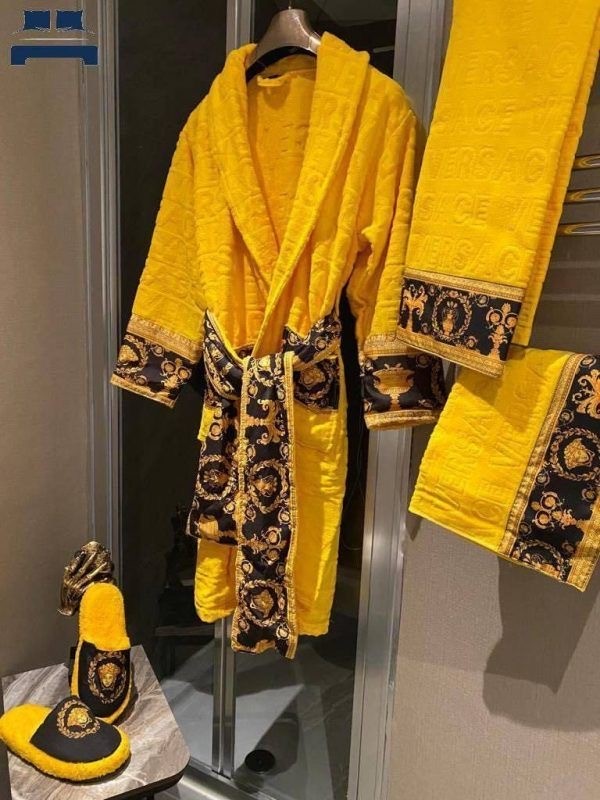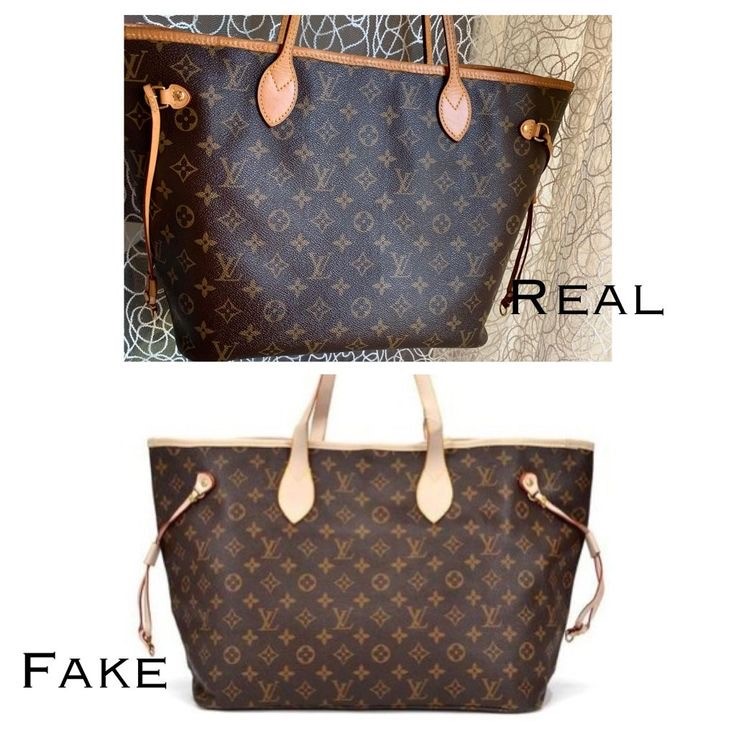Within the dazzling sphere of fashion, where the ideals of authenticity and innovation reign supreme, a clandestine marketplace thrives, one dedicated to counterfeit and imitation fashion goods. From fraudulent designer handbags to unauthorised luxury watch replicas, counterfeit sneakers, and unapproved copies of high-end attire, the realm of fake fashion is extensive, labyrinthine, and rife with controversy.
The phenomenon of counterfeit and copycat fashion items is by no means new. This is a long-standing custom that has developed in tandem with advancements in technology and the widening sphere of international trade. The counterfeit fashion industry is a multibillion dollar worldwide industry today, with criminal syndicates and underground manufacturers devoting painstaking skill to creating imitations that frequently conflate authenticity with fraud.
Due to its widespread prevalence, counterfeit fashion impacts not only quick fashion but also mid-range and luxury brands. The counterfeit market is extremely broad, serving a broad spectrum of customers who are either looking for an affordable substitute for high-end fashion or are unintentionally purchasing fakes as a result of deceptive marketing strategies.

One of the most notorious segments of the counterfeit fashion industry is fake designer handbags and accessories. Counterfeit bags can often be difficult to distinguish from the authentic ones, thanks to the craftsmanship of the counterfeiters. This presents a challenge not only to consumers but also to the fashion houses that spend enormous resources on creating and protecting their designs. Counterfeit fashion harms these brands by undermining their exclusivity and cutting into their profits, but it also robs consumers of the experience of owning genuine, high-quality products.
The world of counterfeit fashion is more complex than imitation; it involves complex moral and environmental issues. A large number of producers of counterfeit goods work in settings that blatantly violate ethical standards, paying their workers pitiful wages and providing poor working conditions. The deplorable spectre of sweatshops, which harms susceptible workers in the fashion industry, is perpetuated by these unethical practises. In addition, the materials used in fake fashion are frequently of poor quality and may include dangerous substances, creating serious health risks to both workers and customers.
The counterfeit fashion sector reveals a maze of issues with intellectual property rights from a legal perspective. Even though many countries have enacted strict anti-counterfeiting legislation, it is still very difficult to police these laws. International borders are frequently crossed by counterfeit operations, making it difficult for law authorities to pursue and apprehend them. The growth of online marketplaces and e-commerce platforms provide a simple channel for the selling of counterfeit goods, making the fight against this issue more difficult.

The consequences of fashion counterfeiting on the economy are as dire. The worldwide market for counterfeit goods imposes significant costs on governments and lawful businesses alike. The counterfeit juggernaut usurps legitimate job prospects and tax money withers. These losses have an impact on the fashion industry, but they also have an impact on more general economic environments.
For consumers, counterfeit fashion items may seem like a tempting way to access the aesthetic of luxury brands without the associated costs. However, this often proves to be a false economy. Counterfeit products frequently fall short in terms of quality and durability, leading to quicker deterioration and, consequently, more waste. Additionally, the money spent on counterfeit fashion could be supporting criminal enterprises and unethical labour practices.
The struggle against counterfeit goods is still going strong. A coordinated effort is made to identify and take down counterfeit operations by fashion brands, law enforcement, and organisations such as the International AntiCounterfeiting Coalition (IACC). New technologies being investigated as possible solutions for ensuring product authenticity along the whole supply chain are blockchain and RFID tagging.
The universe of counterfeit and knockoff fashion items is a multifaceted conundrum that casts its shadow over consumers, fashion brands, economies, and society as a whole. It prods at the very bedrock of fashion’s ethics, presents thorny legal and regulatory dilemmas, and exerts influence on the environment. While endeavours to quell counterfeiting are underway, there’s no denying that the allure of counterfeit fashion goods will endure. The responsibility to make informed choices as consumers, rally behind legitimate businesses, and champion the stringent enforcement of anti-counterfeiting statutes resides with each of us. In a world increasingly extolling authenticity and sustainability, it’s vital to acknowledge that counterfeit fashion represents nothing short of a pseudo-culture, one that ultimately subverts the genuine spirit and ingenuity of the fashion industry.
Sources




